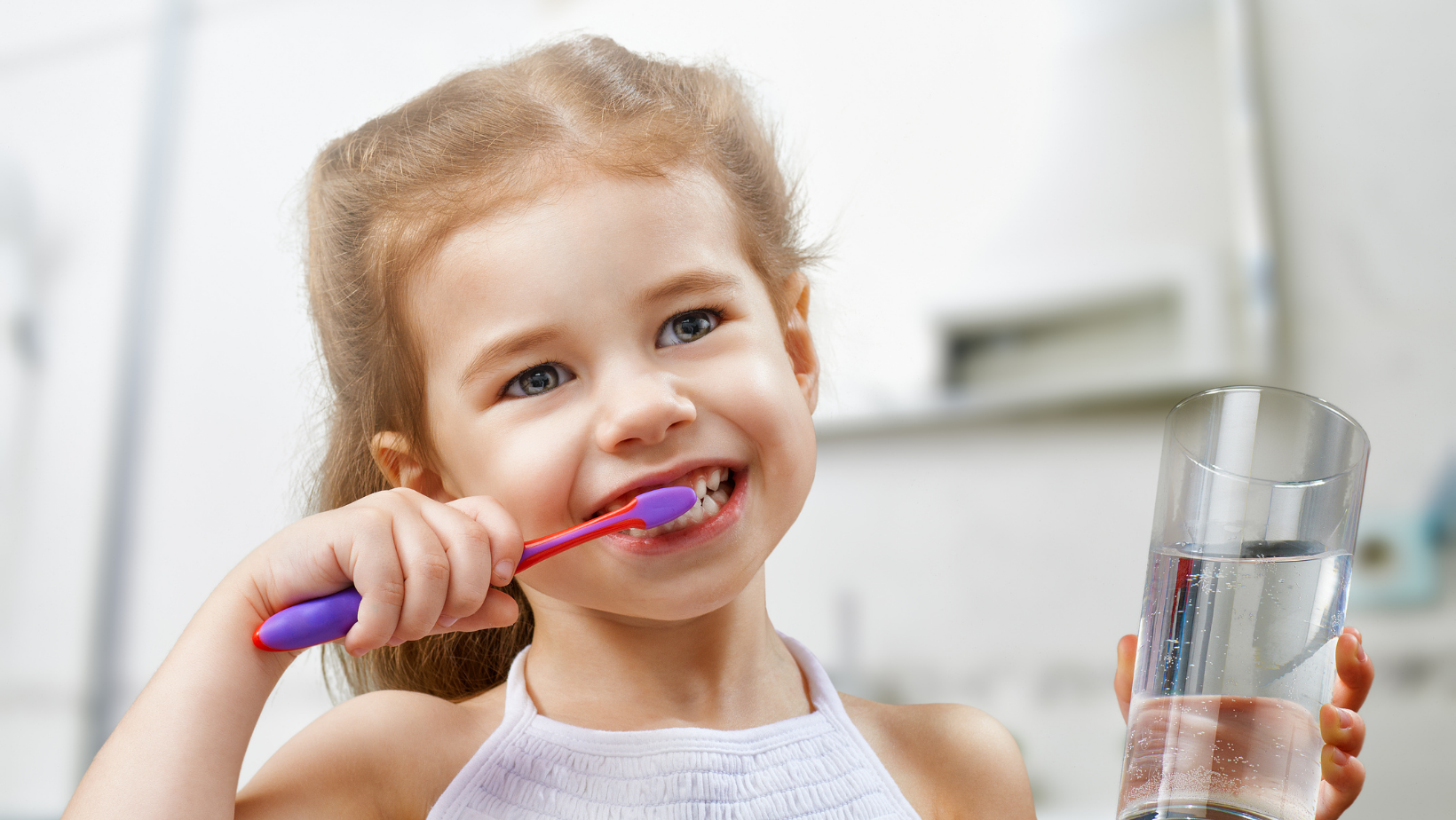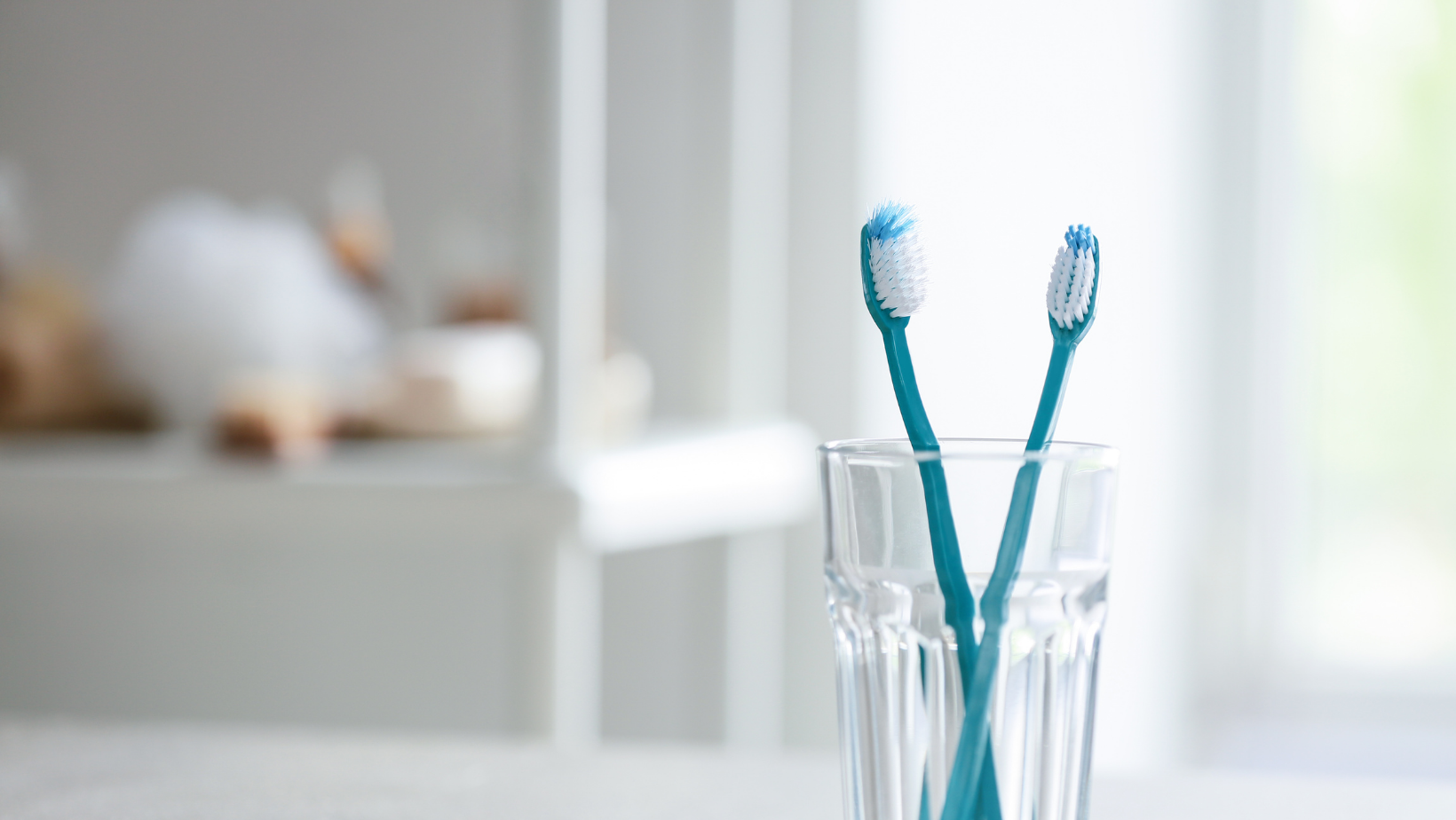Dental care for your child starts well before they get their first tooth! That’s how you make sure your kid grows up with a healthy smile for life. While regular check-ups with a pediatric dentist are necessary, much of the early action for healthy, sturdy teeth happens at home.
Whether you’re a new parent or someone looking to help your child stay on track with their oral care routine, here are expert tips to ensure your little one has a bright, healthy smile — and no cavities!
Start Oral Care Early
Oral hygiene should begin as soon as those little chompers start appearing. Use gauze, a soft cloth, or a baby toothbrush to begin cleaning. Forming good dental hygiene habits early helps children feel comfortable brushing their teeth and prevents harmful bacteria from causing tooth injuries. Use a soft-bristled toothbrush and brush with plain water once the first tooth arrives.
Many children are put to bed with milk or juice bottles — a habit that can cause baby bottle tooth decay. Parents often don’t realize they’re allowing a reservoir of food for bacteria to build up overnight. Water should be the only bedtime snack. Setting this rule early protects teeth development and promotes better sleep habits.
Regular, Early Dental Visits
Experts recommend a child’s first dental visit at age one or within six months of their first tooth. Early dental visits help identify jaw and tooth development issues and get your child used to the dental environment. Many childs dentistry clinics create fun, calm first visits to reduce anxiety and establish a “dental home” where children receive regular care and bond with their dentist.

Brush Twice a Day Using the Right Method
Once teething starts, brushing should become a daily habit. Children under three should use just a smear of fluoride toothpaste. When they are around age three, when they can spit, switch to a pea-sized amount. Always supervise brushing until your child is 6–8; they lack the motor skills to clean effectively. Brushing before bedtime is essential to remove the day’s buildup of bacteria and sugars.
Introduce Flossing Early
Start flossing when two teeth touch. Decay can develop between even a few teeth. Parents should assist with flossing until the child is around six or seven. Flossing removes plaque and food debris between teeth and below the gumline — areas a toothbrush can’t reach. It helps prevent gum disease and cavities.
Reduce Candy and Soda Consumption
Sugary snacks and drinks are a significant cause of cavities in children. Bacteria feed on juice, soda, and candy, leading to decay. Replace these with healthy foods like cheese, yogurt, fruits, and vegetables. Water is the best drink — it hydrates, supports enamel health, and helps rinse away food and sugars between meals and after snacks.
Establish a Daily Routine
Kids thrive on routine, and oral care is no exception. Brushing after breakfast and before bed creates a consistent rhythm. When oral hygiene becomes part of the family routine, it becomes a natural habit instead of a chore.
Make Dental Hygiene Fun
Children are more likely to stick with enjoyable routines. Try character-themed or colorful toothbrushes, flavored fluoride toothpaste, or a two-minute song to make brushing fun. Also, brushing apps can keep kids engaged while brushing for the recommended two minutes.
Be a Role Model
Children learn by example. Brush and floss together as a family. They will likely do the same when they see you taking oral care seriously. Speak positively about dental visits and maintain a relaxed, open attitude about dental care to help them develop a good mindset.
Use Fluoride Responsibly
Fluoride strengthens enamel and reduces the risk of cavities. Most kids get enough fluoride from toothpaste and drinking water. If your local water supply lacks fluoride, your dentist may recommend supplements or treatments.

Change Your Toothbrush Every 3 Months – Here’s Why
A worn toothbrush isn’t effective and may harbor bacteria. Replace your child’s toothbrush when the bristles fray or every three months. This ensures proper cleaning and protects sensitive gums.
Drink Water Instead of Everything Else
Water is hydrating and helps wash away food and sugars after eating. It neutralizes mouth acids, reducing the risk of decay. Encourage water consumption throughout the day, especially after snacks or acidic foods.
Don’t Allow Prolonged Bottle or Pacifier Use
Extended use of bottles or pacifiers beyond age three can lead to bite problems or crooked teeth. These habits should be gently phased out for healthy oral development. Your dentist or pediatric oral surgeon can advise if corrective measures are needed.
The Importance of Home Care in Pediatric Dentistry
Home care is your child’s first and most effective line of defense against cavities. At the same time, regular dental visits are essential; everyday actions at home matter most. Establishing good habits early—brushing, flossing, and eating right—sets your child on the path to lifelong oral health.
You’re not just providing brushing and flossing — you’re building a lifestyle. From hygiene routines and healthy snacking to regular check-ups, every step shapes a bright, healthy smile. Whether at home or with your pediatric dentist or oral surgeon in American Fork, you’re laying the foundation for your child’s dental success.
With the right tips and a little fun, you can help your child develop strong, lasting dental habits for years.